The Tiger had two large cooling fans in the rear end of each sponson. They were driven from the engine through shafts and gears. As initially designed, the vehicle could travel submerged. The fans were not used under water, therefore they had to be disconnected from the engine. There was no provision in the HL 210 engine for decoupling the fan drive, so clutch mechanisms were built on the walls of the engine room.
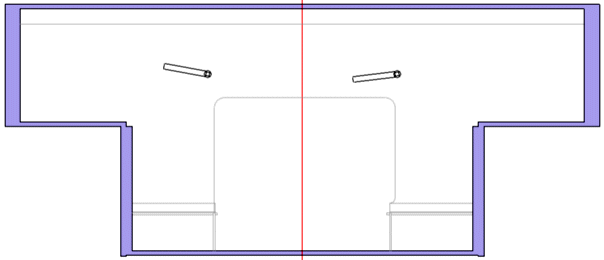
The clutches were controlled by levers in the crew compartment, on the front of the firewall. This drawing shows their location.
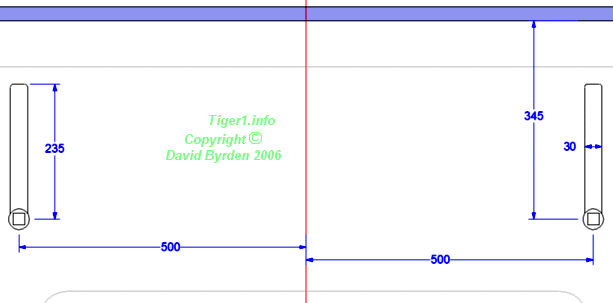
Dimensions of the levers are given here [1] . They could be removed from the square lugs, so they have no default position.
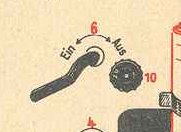
This is part of a sketch from the Tigerfibel [2, see page 20] that explains the controls on the firewall. The black lettering was present on the tank, but the red numbers are in the diagram only. The positions of the clutch lever are marked "In" and "Out".
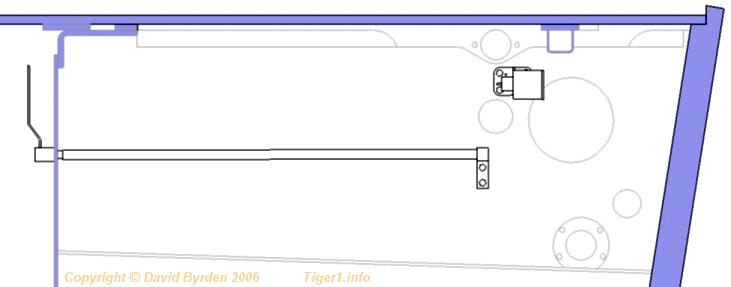
The levers turned shafts of 25mm diameter that led to the clutch mechanisms. The right-hand shaft was straight. A rod and cams (not in the diagram) linked it to the clutch mechanism.
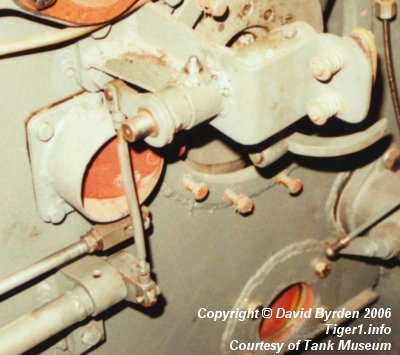
This shows the connecting rod in the Bovington vehicle. The fan clutches themselves are missing. (The restorers eventually removed all these mechanisms and put modern gearboxes in their place.)
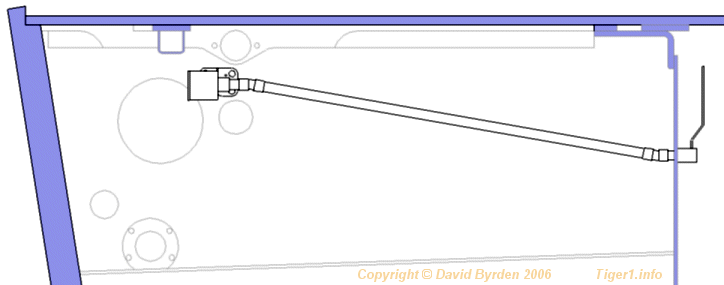
There was a water pipe (not drawn) on the left-hand engine room wall. The shaft on this side was designed to avoid it. This shaft was angled and had universal joints. There was no need for the small connecting rod, but the lever on this side must have been more difficult to turn.
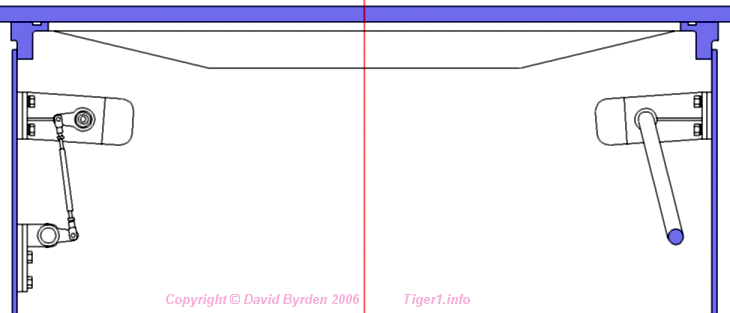
This diagram looks toward the rear of the engine room. Notice that the left-side shaft is close to the roof. It is often visible in photographs when the engine hatch is open.
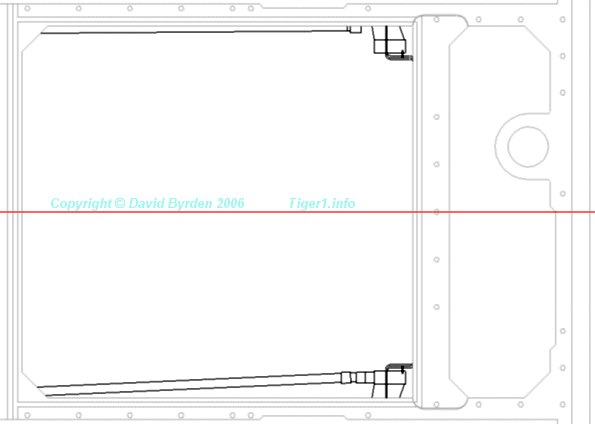
This diagram looks down from above, through the open engine hatch.
The HL 230 P45 motor was introduced in May 1943. This motor had a built-in clutch for its fan drive, rendering these mechanisms unnecessary. They were all deleted, including the levers on the front of the firewall. There is a surviving German drawing drawing [3] that describes how to upgrade an old tank with the new engine. The following directions are written at the side of the drawing:
"d) The holes in the firewall for the old control shafts of the fan clutches must be closed."
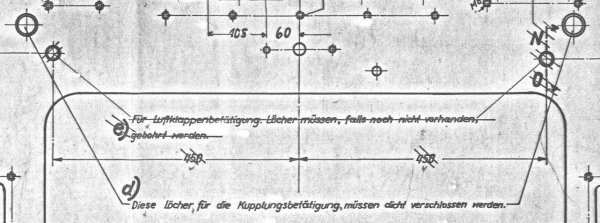
Above is a detail from the drawing. As you can see, there is a note referring to the positions of the levers:
"d) These holes, for the clutch controls, must be solidly closed up."
[1] Survey of Tiger 250122, at Bovington museum, by David Byrden